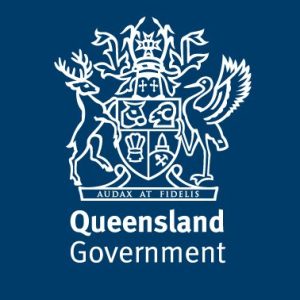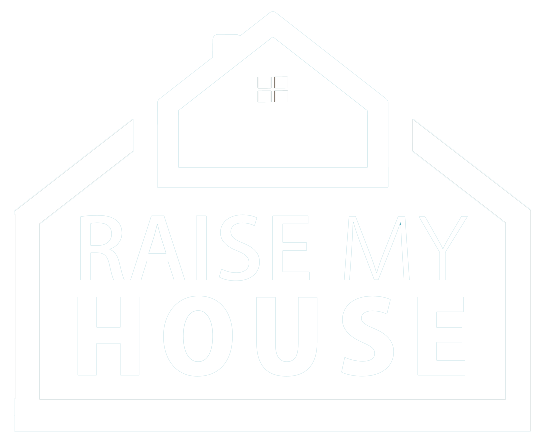Resilient Homes Fund and House Raising
Raise My House can help you with each step of the resilience project, from design and engineering through to our quote and partnering with a reliable house raise builder.
Why has it been introduced?
The Resilient Homes Fund was first released in March 2022 in response to assisting QLD homeowners affected by flooding. This is the largest household resilience program of its kind in Australia and is designed to help QLD homeowners that meet the documented suitability criteria to raise their houses to or above the minimum habitable floor levels.
As of March 2024, homeowners will be eligible for funds up to $150,000 to raise a home, whilst some homeowners may also be able to co-contribute to raise projects that exceed this amount dollar for dollar with the QLD Government (e.g if a house raise costs $170,000 you may receive up to $150,000 towards this and then split the remaining $20,000 50/50).
*Recent Updates and Date Extensions:
The QLD Resilient Homes Fund have announced that the 1st of December 2025 is now the last day for QLD homeowners to submit their funding application and quote to the QRIDA portal.
Builders, you will need to submit your quotes in advance so that homeowners have time to review , ask questions, and make necessary adjustments before submitting to for funding to QRIDA.
Keep in mind that 30 June 2026 is the new final day that all resilient house raise project works must be completed, along with payments finalised to builders and contractors.
Who is eligible for the house raise funding?
Home owners must meet the following three suitability criteria in order to be successful for funding for the house raise itself.
- In the years 2021/22 your house was inundated with flood waters which went over the habitable floor level of your house
- The type of house you live in can actually be raised (e.g A timber house or house on stumps is more likely to be approved than a brick house).
- Your habitable floor level is below what is classified as a minimum habitable floor level in your council area at the time the home assessment takes place.
- Some existing retrofit candidates are now eligible for house raise funding (check with the QLD Resilience team first).
Whilst there is a generous amount of information on the official website, there are a few important steps missing on how and where you can source a professional quote for your project.
A step by step guide on how you can obtain the one quote for funding:
A guide for homeowners who have obtained their assessment report:
 Once you have an approved assessment report you will need to obtain a full set of house raise plans. If you don’t have house raise plans, we can arrange a free proposal to be sent to you from our partners at Designer Planning, who have created a specific offer for Resilient Homes homeowners.
Once you have an approved assessment report you will need to obtain a full set of house raise plans. If you don’t have house raise plans, we can arrange a free proposal to be sent to you from our partners at Designer Planning, who have created a specific offer for Resilient Homes homeowners.- Once your plans are complete, you will need to obtain a set of structural engineering drawings. If you don’t have an engineer, we will reccommend one of our engineering partners and are happy to provide an introduction.
- Once plans and engineering drawings are complete, we will provide you with a quote for your house raise.
- Next, we will reccommend you speak with *professional builders, who will assist you in the final stage of the quote by adding in additional and essential services (e.g excavation, stairs, earthworks, plumbing and electrical etc)
- Once you have your final itemised quote, submit this to the QRIDA website for funding approval
- If funding is approved, the QRIDA will contact the homeowner and contractor (e.g the builder using Raise My House) to discuss payment plans, objectives and milestones.
- Complete your house raise certification for council approval (we can provide recommendations for certifiers).
- Book in a date to begin the house raise project and associated works.
*Please note, we only recommend builders who have been through the Resilient Homes Fund process, understand the administrative requirements and know to liaise with the Government assessors. This is important for an efficient and effective outcome.
Some important details to note:
- Costs for building plans, engineering and surveyors are an upfront cost to the homeowner and are essential to be able to obtain a full house raise quote.
- Partnering with an experienced house raise builder to is essential, as they provide the final quote for additional construction services such as the stairs, earthworks, demolition, electrical and plumbing etc.
- Check the website for what is included in eligible costs. Soil tests, surveys and reconnections etc can often be claimed back, whilst additional constructions such as concrete slabs, decks and driveways are not covered, and are an additional expense.
- Do not expect an approval straight away and expect some back and forth with the assessors. If you have a builder arranged, make sure they have clear and concise justifications for their quotes and total pricing. If quotes are too high or homeowners try and add in additional renovation or extension services, this will only add to any delays.
